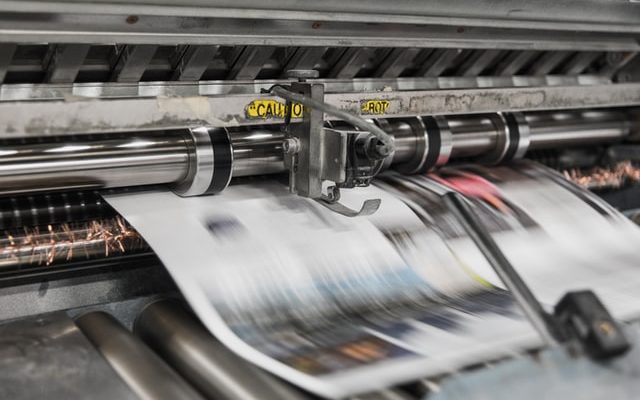The transition from print to digital publishing has been underway for decades, but the pandemic pressed the fast forward button on many digital transformation projects. Looking back over the last 18 months, there are some useful lessons for publishers trying to reinvent print businesses for the digital future.
Reinvent print
COVID-19 accelerated key revenue and operational trends across publishing. While some sectors of print publishing did reasonably well from stay at home subscribers, the number of print closures rose as publishers focused on developing their digital offerings.
Successive lockdowns also pushed audiences to embrace digital publishing in greater numbers than ever before. A YouGov research study for digital newsstand Readly showed 49% of survey respondents in the UK had tried new digital services during the pandemic.
The study shows the shift to digital is especially strong among the demographic previously thought of as print stalwarts; 77% of respondents aged 60+ age believe their lifestyle will remain more digital after the pandemic.Video chat topped the list of apps used for the first time by UK seniors during the pandemic, but reading apps were also popular, with 12% of respondents giving digital reading a go.
That growth in digital reading is mirrored in recent research from the US, showing that an overwhelming majority of Americans get their news, at least in part, from digital devices. When Pew Research Centre asked US adults which platforms they prefered to get their news on, half said they prefer a digital device. This is compared with just 5% who prefer print.
Prepare audiences for digital
If the move to digital is clear, print newspapers’ readiness to reinvent print is less so. Research from the University of Missouri points to gaps in publishers’ understanding of the differences in how readers approach print and digital.
According to Professor Damon Kiesow, lead author on the study, publishers can connect better with readers through business and design choices that focus on user experience. The study identified eight characteristics that digital readers value and that publishers should be emphasising. These include the users ability to:
- Identify story types (Genre)
- Search for related content (Retrievability)
- Judge the relative value of content (Importance)
- Judge timeliness and frequency of updates (Immediacy)
- Click to related articles or resources (Hypertextuality)
- Access to huge volume of digital information (Convenience)
- Navigate across multiple digital formats and platforms (Adaptability)
- Share and comment on content (Interactivity)
Connecting print to digital
Elsewhere, publishers with a unique print proposition or a strong legacy portfolio are finding ways to connect established print products to support newer digital operations.
Newsquest used a pop-up newspaper to promote its new digital news site for Wales, The National. The Wales-produced weekly, initially intended to run for just a couple of weeks, proved so popular that it ran for 33 issues before the publishers decided to focus fully on its digital news operation.
For glossy magazine publishers a print-technology combination is connecting titles sold on the newsstand with developing e-commerce sites. Magazine publisher Bauer has adapted its print titles Grazia and Heat to carry images that, when scanned, take readers directly to a storefront where they can get information on products and purchase options.









